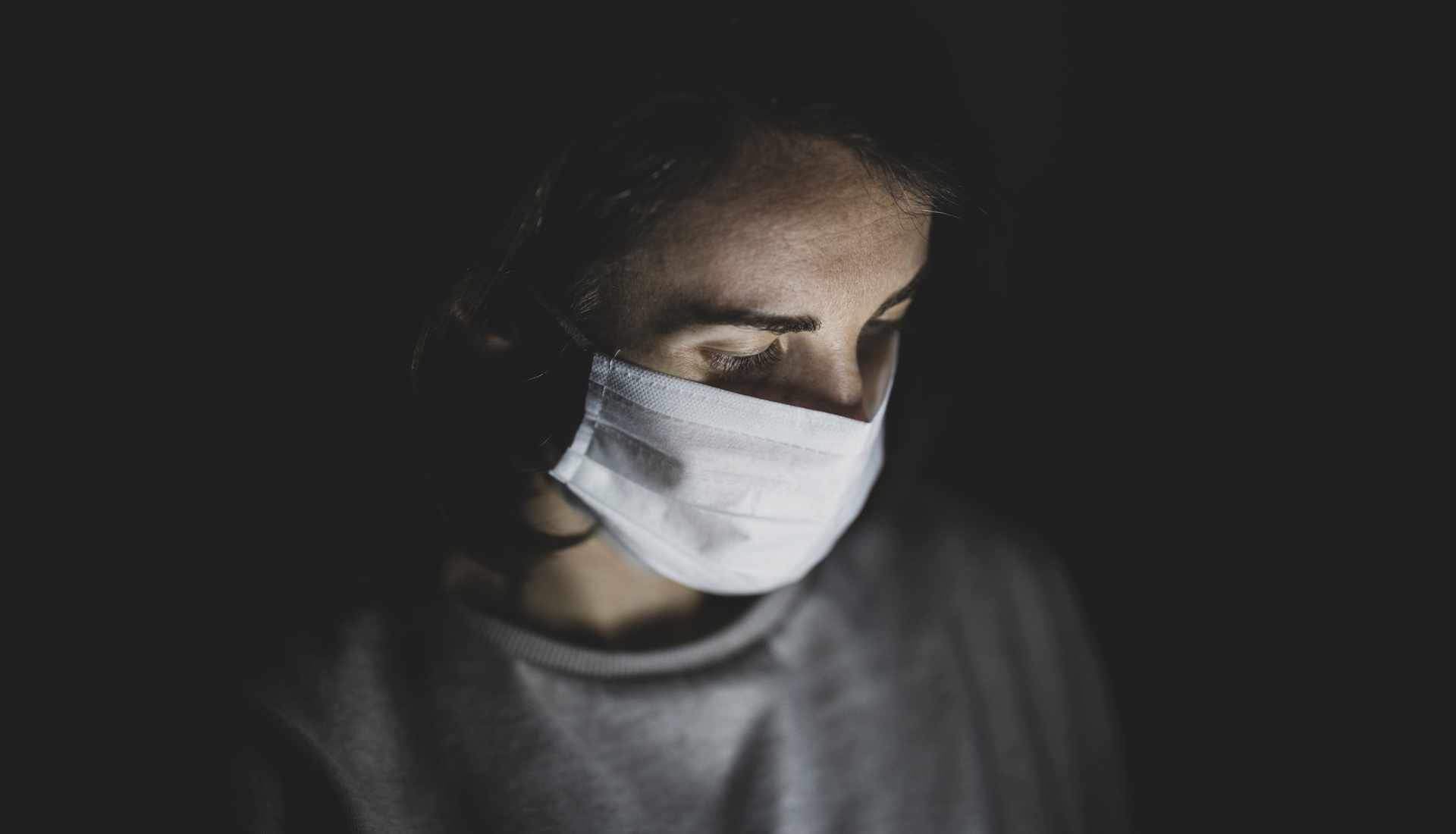School-aged children (5-9 years) and adolescents (aged 10-17) have the highest sugar intake in Portugal. The elderly are have the lowest consumption, according to a study involving researchers of the Instituto de Saúde Pública da Universidade do Porto (ISPUP).
The research, published in the “Public Health Nutrition” journal, analyzed data on sugar intake in the Portuguese population. Data were collected within the National Food, Nutrition and Physical Activity Survey of the Portuguese Population (IAN-AF), conducted in 2015-2016.
According to Ana Rita Marinho, the first author of the study, which was coordinated by Carla Lopes, the study was designed with the objective of “understanding sugar intake among the Portuguese population, which foods contribute the most to this consumption and the factors that may interfere with higher sugar intake in certain groups”.
The study evaluated sugar intake in 5811 individuals, aged between 3 months and 84 years. Among other aspects, total sugar intake and daily intake of free sugars were analyzed. Free sugars include sugars that are added to food by consumers or manufacturers, and also sugars naturally present in honey, syrups, fruit juices and concentrates of fruit juices.
Higher intake of free sugars has been associated with increased risk of dental caries, as well as the development of diseases such as obesity and diabetes. The World Health Organization (WHO) recommends that the intake of free sugars be less than 10% of the daily energy value.
It was found that the Portuguese consume on average 84g of total sugars per day and 35g of free sugars, with the highest consumption in children from 5 to 9 years (50g/day of free sugars) and in adolescents from 10 to 17 years (53g/day of free sugars). Within these age groups, almost half of the participants had intakes of free sugars above the WHO recommended values.
Soft drinks, candies, yoghurts, breakfast cereals, and cakes and crackers are the foods that most contribute to the high consumption of free sugars in the younger population. In turn, the elderly have the lowest daily intake of free sugars. The vast majority of the elderly presented intake values within the limits recommended by the WHO.
Children with more educated parents and adults who exercise regularly were also found to eat less free sugars. Adults who have less healthy lifestyles, such as tobacco smoking, have a higher intake of free sugars.
For Ana Rita Marinho, the study results are relevant to different audiences. “On the one hand, the information found is useful for policy makers to have evidence to help design public health strategies that may, for example, limit intake, food availability, taxation of certain products, and understand the effectiveness of the measures implemented. It is also useful for healthcare professionals for them to know the foods that contribute the most for sugar intake, what the major risk groups are and to clinically understand what action lines they can take. Ultimately, it’s important to educate the population, helping them make healthier food choices”.
The study, entitled Total, added and free sugar intakes, dietary sources and determinants of consumption in Portugal: the National Food, Nutrition and Physical Activity Survey (IAN-AF 2015–2016). The authors of this work include the researchers Ana Rita Marinho, Milton Severo, Daniela Correia, Liliane Lobato, Sofia Vilela, Andreia Oliveira, Elisabete Ramos, Duarte Torres and Carla Lopes.
Image: Pixabay/congerdesign



